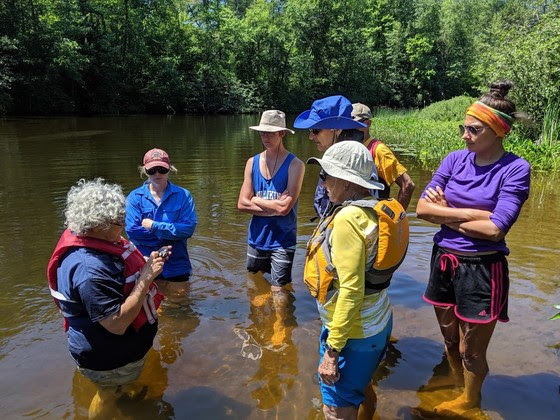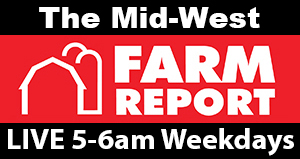
The Wisconsin Department of Natural Resources (DNR) is celebrating Citizen Science Month, honoring the volunteers in scientific research and monitoring.
The DNR partners with the public on more than 20 citizen-based monitoring projects in which volunteers collect information about an array of natural resources, from location and abundance data for birds, bats, bumble bees and more native species, to water quality data for lakes and rivers.
“Our citizen-based monitoring efforts are a type of citizen science that focus on the long-term monitoring of our natural resources,” said Eva Lewandowski, DNR Citizen-Based Monitoring Coordinator. “They are an excellent way for volunteers to get involved in nature, and they generate high quality data about our plants, animals and ecosystems.”
The majority of the DNR’s projects are seasonal, beginning in the spring. As the weather warms up the ice melts, animals emerge and many plants start growing again. With those changes come more opportunities for volunteers to get involved. Many monitoring activities can be done on your own property or close to home, alone or with your family.
Some projects across the state including the Wisconsin Lake Monitoring Network and the Wisconsin Frog and Toad Survey, have been running for decades and are familiar favorites. Others, such as Snapshot Wisconsin and the Wisconsin Bumble Bee Brigade, started in the past few years but have spread quickly throughout the state.
“The data collected by citizen scientists are critical to helping carry out science-based management of Wisconsin’s natural resources, particularly endangered resources,” said Owen Boyle, DNR Species Management Section Chief for the department’s Natural Heritage Conservation Program. “We would never have the resources to collect the amount of data that thousands of citizen scientists provide across the state, helping guide protection and restoration of hundreds of endangered species.”
There are opportunities available for volunteers of all skillsets and time commitments. While some projects require repeated monitoring throughout the spring and summer, others can be done in just a few minutes, whenever someone sees a species of interest.
“We’re always thrilled to get participation in regular surveying and monitoring efforts, but we know not everyone has that time available,” Lewandowski said. “So this year we also are asking outdoor enthusiasts to keep an eye out and share some specific observations when they occur.”
People are encouraged to look for and report sightings of:
- White-tailed jackrabbit: These large rabbits inhabit Canada and the western United States; Wisconsin is on the edge of its range and although once more common here, their abundance and distribution in the state are currently unknown, but they are usually found in grassland habitats. They are two feet long with extremely long black-tipped ears and a white tail. To learn more about them and how to report a sighting, visit the DNR’s rare mammal webpage.
- Eastern spotted skunk: This species has not been confirmed in Wisconsin in over a decade; it is considerably smaller and has a more complex black and white color pattern than the common striped skunk familiar to most Wisconsinites. There is concern for the spotted skunk as they are declining across much of their range. It prefers prairie and grasslands. To learn more about them and how to report a sighting, visit the DNR’s rare mammal webpage.
- Frogs, salamanders, snakes and lizards on roadways: Reports are needed for road crossings and mortalities. The information will be used to identify areas where mitigation efforts are needed to reduce mortality and better understand the ranges of Wisconsin’s species. Please exercise caution when observing or photographing wildlife on roads. Submit a road crossing or mortality sighting here.
- Invasive species: Many non-native species harm Wisconsin’s ecosystems. April is a good time to identify garlic mustard and lesser celandine, both of which are in flower. Learn more about identifying, reporting and controlling invasive species on the DNR’s invasive species webpage.
To learn more about citizen-based monitoring opportunities in Wisconsin, including how to get involved, visit the Wisconsin Citizen-based Monitoring Network’s website.

Leave a Reply